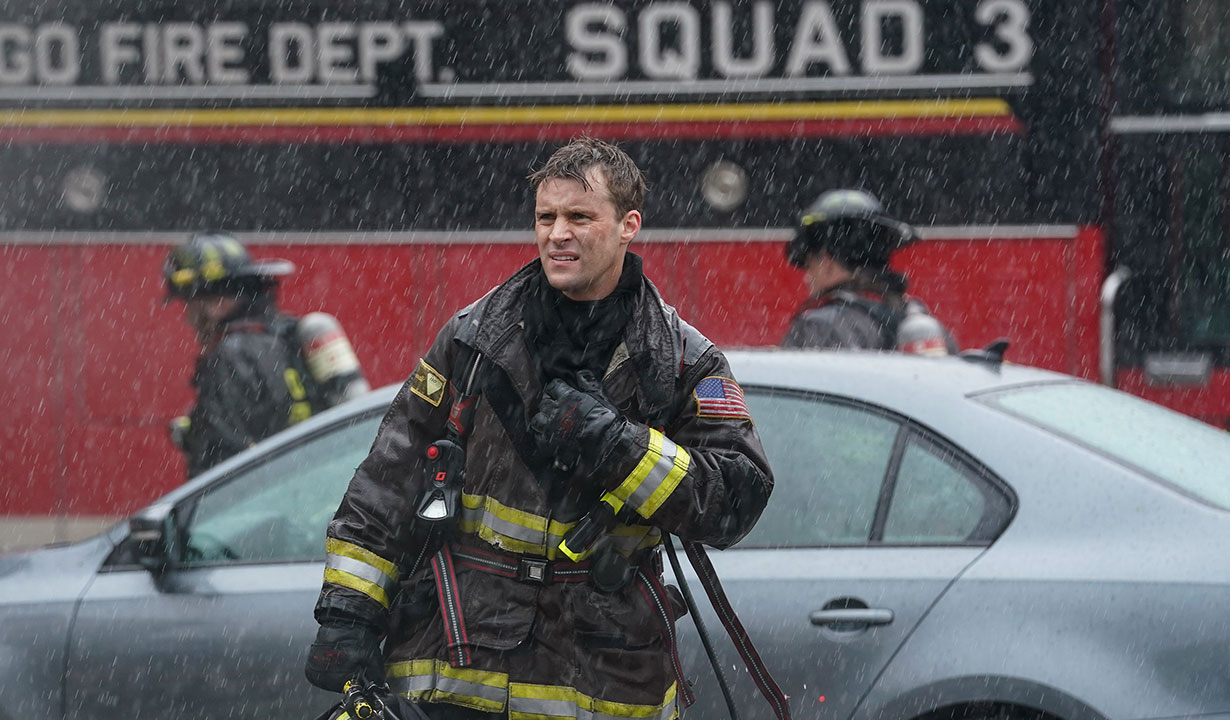
The Weight of Leadership in Firehouse 51
As the lieutenant of Firehouse 51, Matt Casey carries the heavy responsibility of leading his team through some of the most dangerous situations imaginable. But Casey’s role as a leader isn’t just about making decisions in the heat of the moment; it’s about building trust, creating a safe environment, and navigating the personal struggles that come with being a firefighter.
Throughout Chicago Fire, we see Casey evolve from a man who struggles with his leadership role to one who truly understands the weight of responsibility that comes with his position.
Leadership Tested Under Pressure
Casey’s leadership abilities are frequently tested, whether it’s making split-second decisions during a fire or managing the emotional fallout after a crisis. But what makes Casey stand out as a leader is his ability to balance firm decision-making with empathy. He knows when to be the authority figure and when to be the supportive friend. This ability to navigate the emotional and professional aspects of leadership is what makes him such an effective lieutenant.

A Leader Who Leads by Example
Casey’s leadership style is defined by action. He leads by example, putting the safety and well-being of his team above all else. Whether he’s running into a burning building or comforting a grieving colleague, Casey’s actions speak louder than words. His character arc in Chicago Fire demonstrates that true leadership isn’t just about authority—it’s about inspiring those around you to be their best.
